N3AS Research Themes
Fundamental Symmetries (PFC Major Area 0)
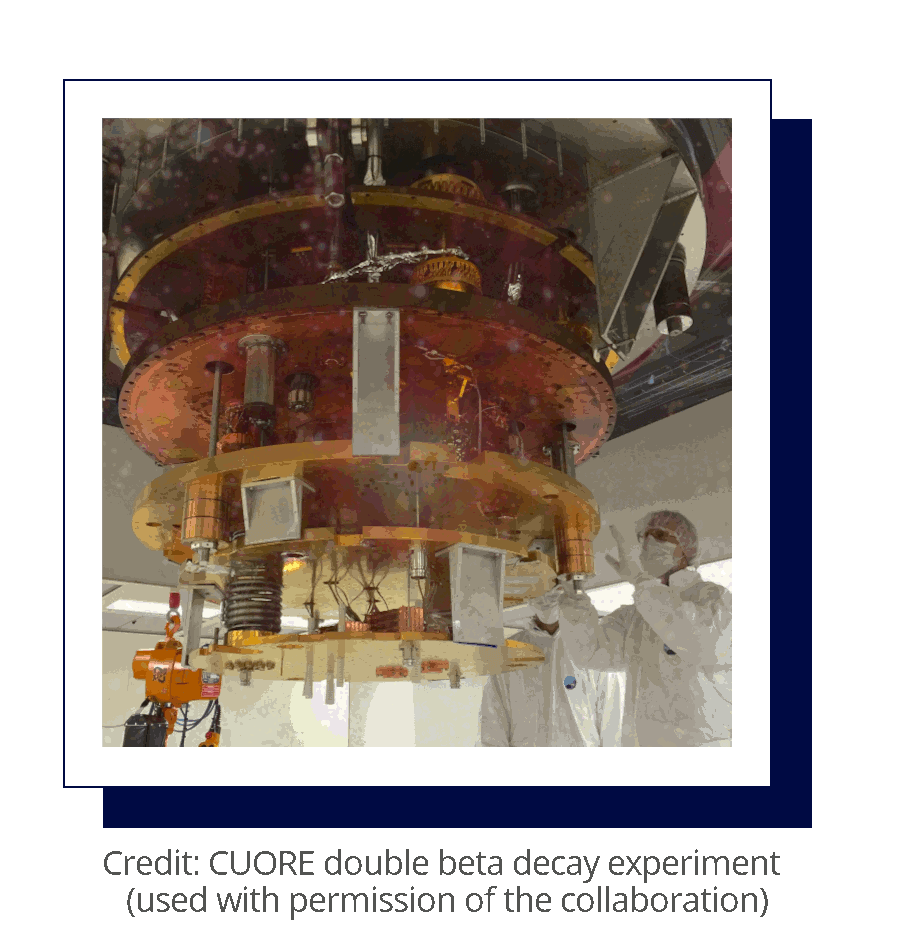
“Connecting quarks to the cosmics” is an important theme of multi-messenger astrophysics — astrophysics and laboratory experiments are governed by the same rules of physics. An important goal of N3AS is make connections between inner space and outer space: to understand how the symmetries of nature, including baryon and lepton number, family number, time reversal invariance and parity, can be probed in these two kinds of laboratories, and to identify the ways these laboratories complement each other.
Neutrino Physics (PFC Major Activity 1)
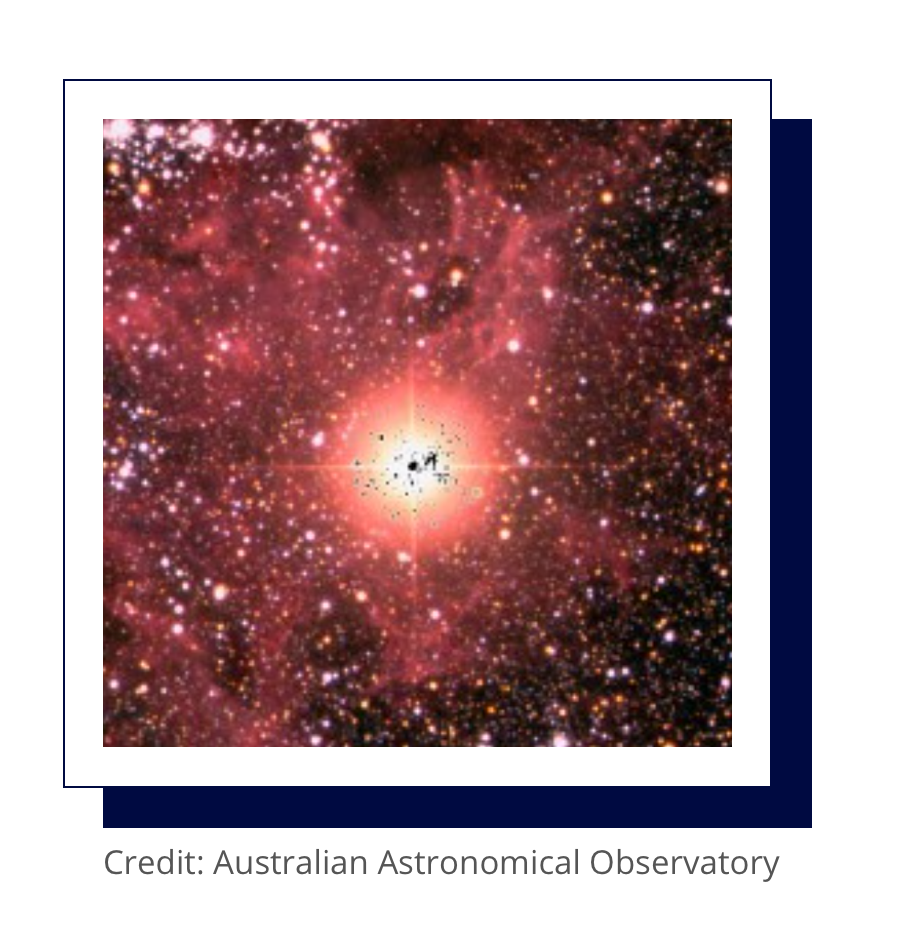
Beyond-the-standard model (BSM) physics of neutrinos, including their mixing phenomena on earth and in extreme astrophysical environments; the absolute mass scale and the eigenstate behavior under particle-antiparticle conjugation, and the implication of mass and lepton number violation for cosmological evolution; and the relevance of neutrinos to astrophysics both in transporting energy and lepton number, and as a probe of the otherwise hidden physics that governs the cores of stars and compact objects.
Nucleosynthesis (PFC Major Activity 2)
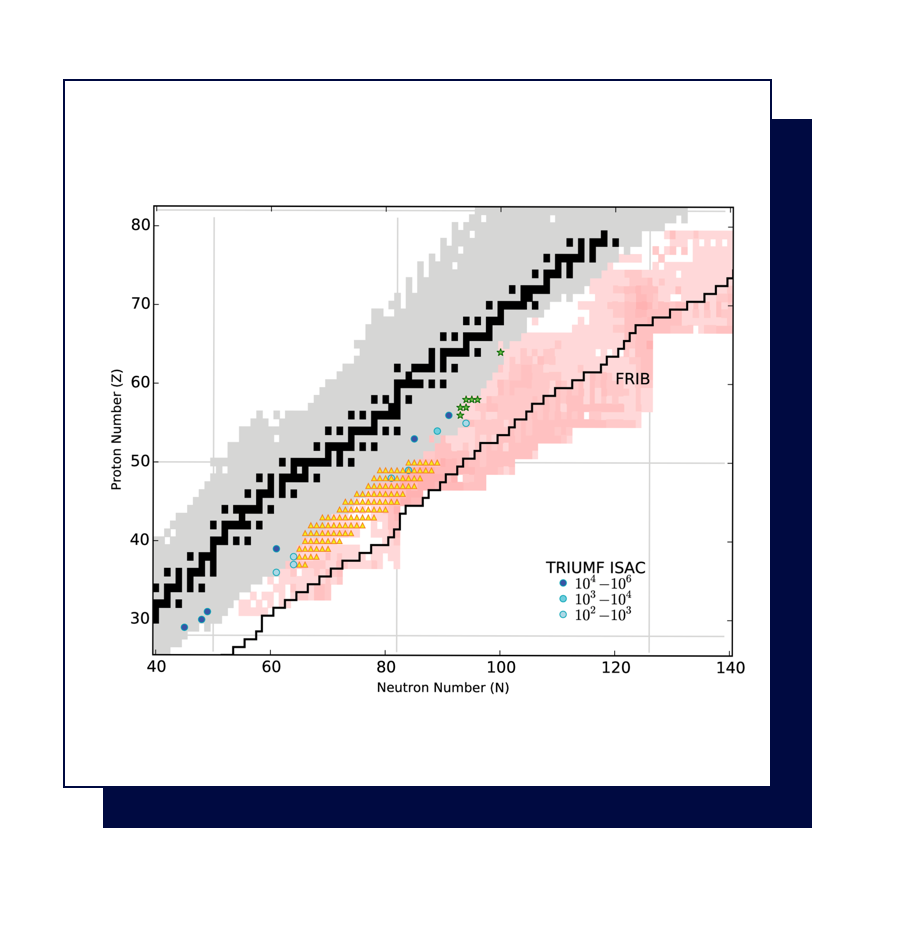
The synthesis of light nuclei in the Big Bang constrains cosmological parameters such as the baryon-to-photon ratio and new, beyond-the-standard-model physics, such as sterile neutrinos. The synthesis of heavy nuclei depends both on our understanding of highly explosive, transient astrophysical environments and the properties of exotic nuclei that will soon be probed at FRIB. A quantitative theory of such nucleosynthesis will constrain the history of star formation, supernovae, mergers, and other events that eject newly synthesized elements into the interstellar medium.
Dense Matter and Neutron Stars (PFC Major Activity 3)
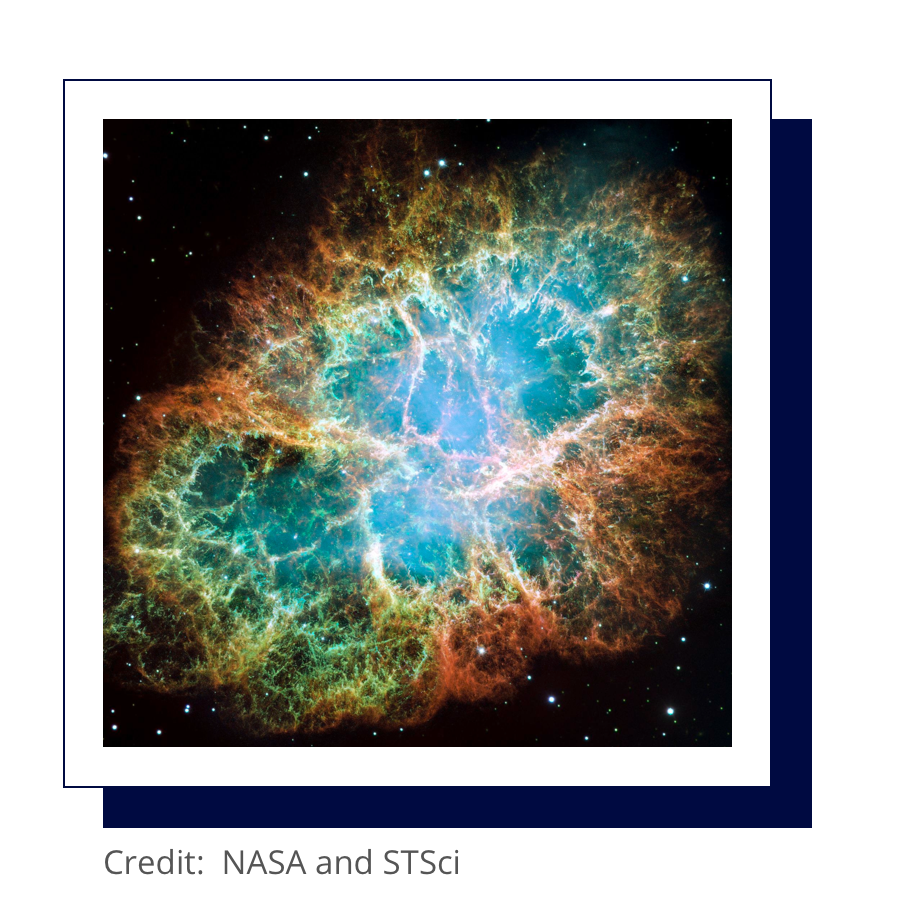
The announcement on 17 August 2017 by LIGO and Virgo of the detection of gravitational waves from a binary neutron star merger, followed by the observation of electromagnetic signals from the associated kilonova as well as a short-duration gamma-ray burst, ushered in a new era of multi-messenger astrophysics and cosmology. In combination with observations of cold neutron stars of nearly two solar masses by Shapiro delay, and of “black-widow” systems hinting of even higher masses, the observations are placing important new constraints on the equation of state of nuclear matter. Current and anticipated observations provide unprecedented opportunities to probe nuclear matter at densities and isospins not otherwise reachable, and to relate its properties to those we measure in laboratory nuclei.
Dark Matter (PFC Major Activity 4)

Definitive evidence that dark matter (DM) dominates our universe is the second demonstration of BSM physics. Nuclear physics can play an important role in this field by helping direct-detection experimenters understand the variety and nature of the possible responses of their nuclear targets, by connecting the stellar processes we study to the feedback mechanisms that can alter galactic structure, and by contributing to the understanding of composite dark matter in cases where lattice QCD methods are relevant.
Astrophysical Simulations (PFC Major Activity 5)
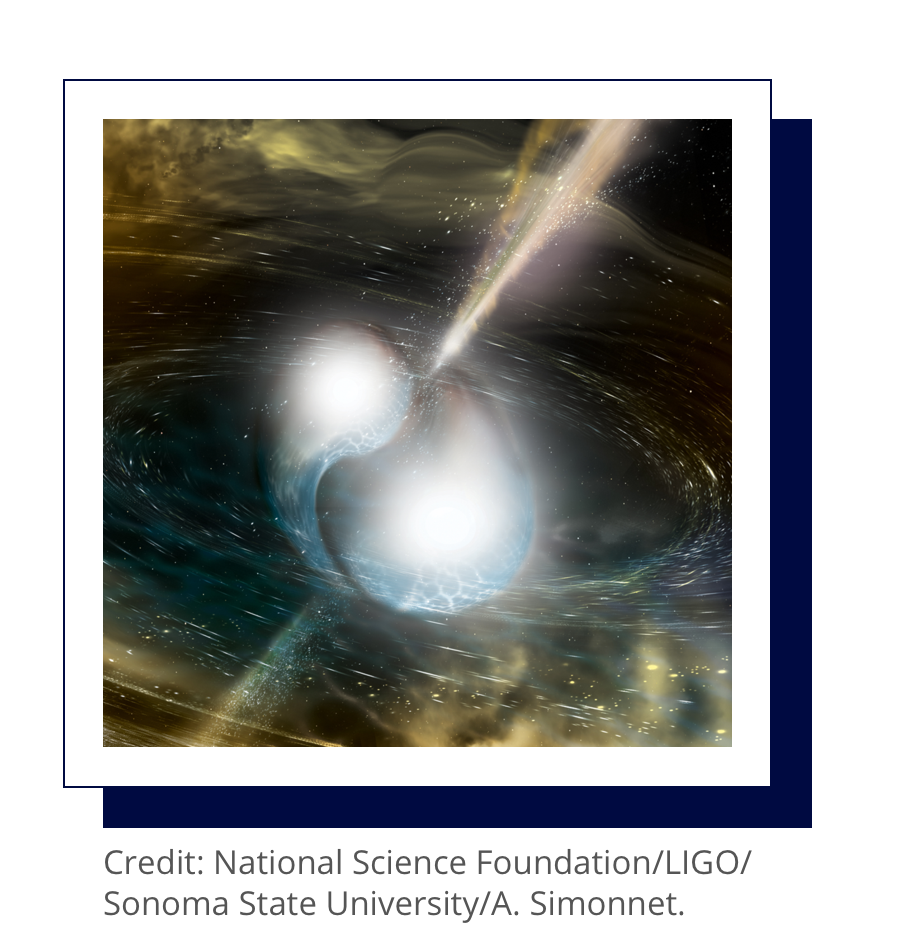
The connections N3AS investigators strive to make between observations and fundamental neutrino, dense matter, and dark matter physics require high-fidelity simulations of supernovae, mergers, kilonovae, cooling neutrino stars, and the Big Bang. An important goal of N3AS is to further develop such simulation tools, incorporating into these models the most advanced treatments of the underlying neutrino and nuclear matter microphysics.

